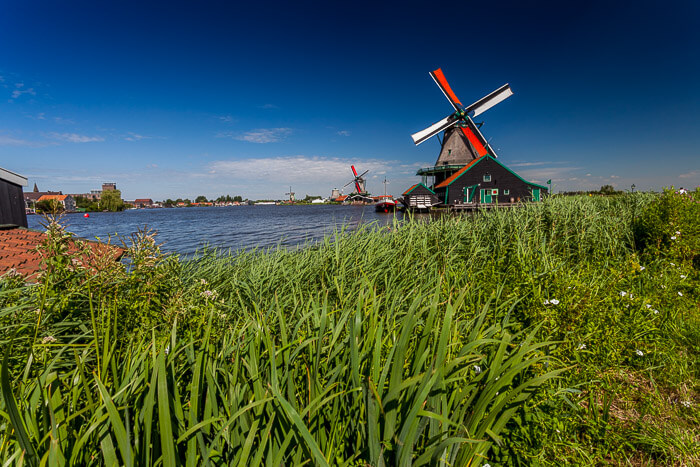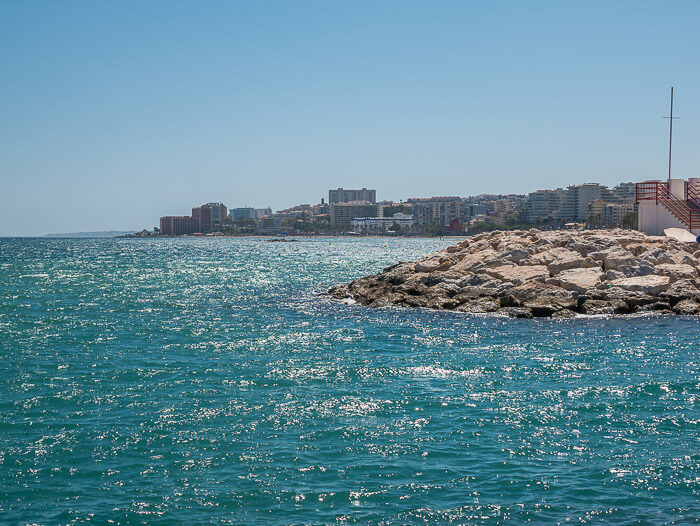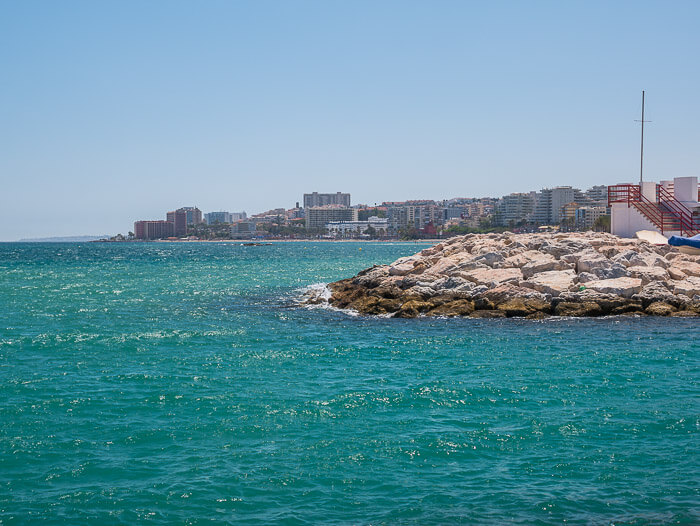Which filters for digital photography
The heading “Which filters for digital photography” might be ambiguous but in this post we’re talking about those filters in front of your lens 😉
Introduction
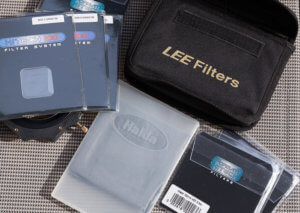 The number of available filters is almost infinte and in addition there different systems scre-in filters on one side and the mostly square system filters for filter holders. This number multiplies by the different sizes and manufactures. But at least the proft margin seems to be good enough, because there are some dealers offering a UV-protection filter for every lesn you buy. And this leads us to the main question, which filters do you need? ben?
The number of available filters is almost infinte and in addition there different systems scre-in filters on one side and the mostly square system filters for filter holders. This number multiplies by the different sizes and manufactures. But at least the proft margin seems to be good enough, because there are some dealers offering a UV-protection filter for every lesn you buy. And this leads us to the main question, which filters do you need? ben?
UV/Protection filter
This filter is almost adviced for every lens and there are sometime some sort of relegious war about the necessity of these type of filters. My opinion is clear, there are not necessary if you handle your lenses with a little bit of care. And lenses and coating are more resistant than you might think.
Polarizing filter
A polarizing filter should be in every gadget bag. The filter can increase contrast and saturation by reducing reflections on water or leaves and depending on your position to the sun the blue sky is intensified. Since the effect of this filter depends on your position relativly to the sun you should avoid using such a filter on a UWW lens, because the sky is darkended abnormal. The image below taken at 17mm on a full-frame DSLR shows this effect:
Capturing water areas you should avoid to eleminate the reflections with the polarizing filter totally, because this would probably destroy the image imapct.
ND-Filter
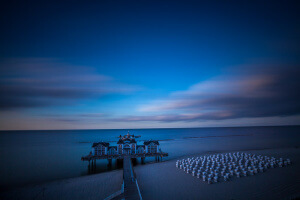
The main purpose of ND-filters is to get longer exposure times at daytime and with more extreme filters like the Haida 3.0 you’ll get exposure times in the range of seconds even on bright days. This is mainly used to make clouds and water areas looking like a feather, flowing if you like.
Other ND-Filters with a lower density are very often used for capturing videos not closing down the aparture to the maximum and to obey the rule that the shutterspeed should be no longer than 1/frames per seconds so for nomal videos the shuttersped should be somewhere between 1/30 and 1/80sec. Thats the main reason why i bought a set of ND-filters for my DJI Mavic Pro.
ND Graduated filters
These filters which are devided into 2 areas are available with a hard and a soft edge and of course most of the image processing apss include such a software filter. The main effect of these filters is to darken the sky area without touching the bottom area. This works very good on landscapes with a leveled horizont but both the hardware and the software filter both have in common that every object reaching into the sky part like trees, a church or anything else will be darkend too.
Reverse-Grad
A filter having the darkest part in the middle and getting more clear to the outer edges of the filter, a sort of sunset filter 😉
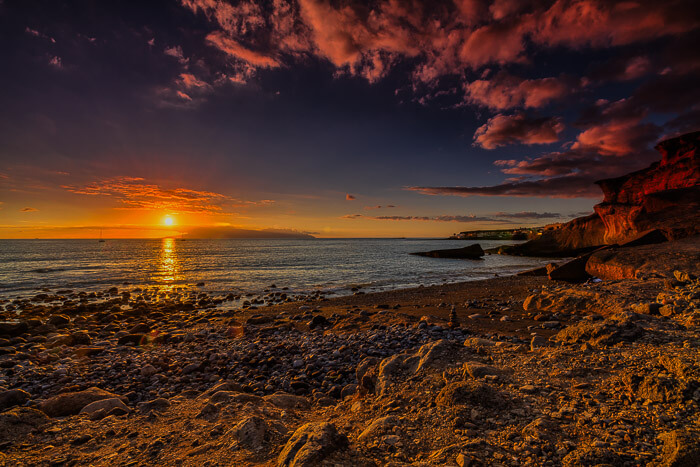
Filter-Systems
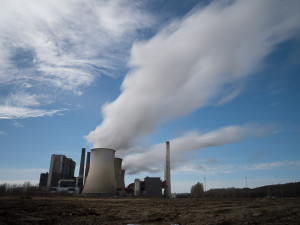 As mentioned above almost all filters are available as screw-in filters and those for a filter holder like the Lee-Starter kit. With screw-in filters you should buy those filters for the largest filter diameter of your lens and adapt the others with step-down rings.
As mentioned above almost all filters are available as screw-in filters and those for a filter holder like the Lee-Starter kit. With screw-in filters you should buy those filters for the largest filter diameter of your lens and adapt the others with step-down rings.
Graduated should be bought as square or rectangular filters for a filter holder if you aware of the disadvantages. This way you’re at least able to move the horizonatl line according to your needs.
Taling about the strength of those filters you should buy only filters with ND 0.6 and higher because smaller values can be easily done while image processing because of the dynamic range of modern sensors.
Which filter for digital photography?
The disadvantages of the graduated ND filters are not visible in every image, but sometimes they are disturbing and worst case riun your image. To be consistent either using the dynamic range of your camera or capture an exposure bracketing series for HDR or better exposure blending techniques there is actually no need for graduated ND filters.
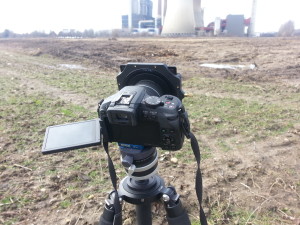 After this only very strong ND filters and a polarizing filter are needed, mainly because they can’T be substituted iwht image processing.
After this only very strong ND filters and a polarizing filter are needed, mainly because they can’T be substituted iwht image processing.
Tkeing this into consideration the main advantage of my prefered filter system for a filter holder is not there any more. On a full frame DSLR a filter holder is ok, but on a mft camera like my Lumix G81 the main reason for this system, compactness and less weight is not fullfilled.
So at least for my Lumix system i’ll by a ND filter 64x and 1000x and additionally a polarizing filter.
ciao tuxoche
